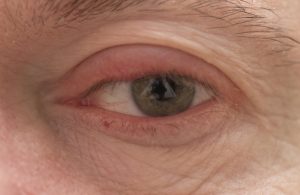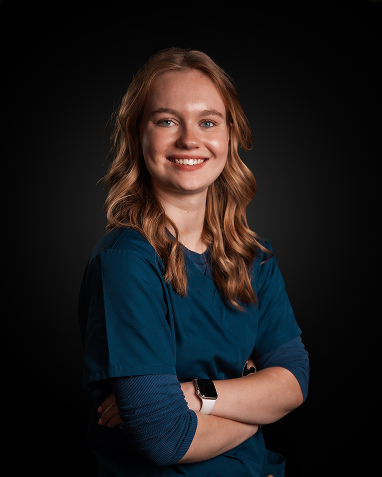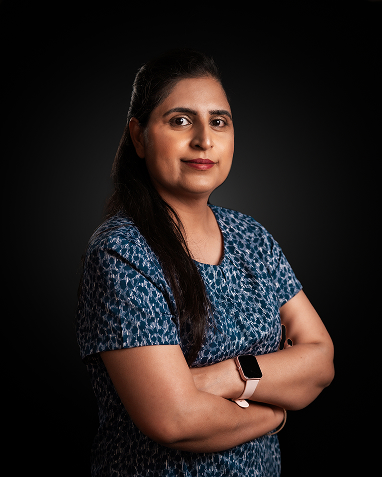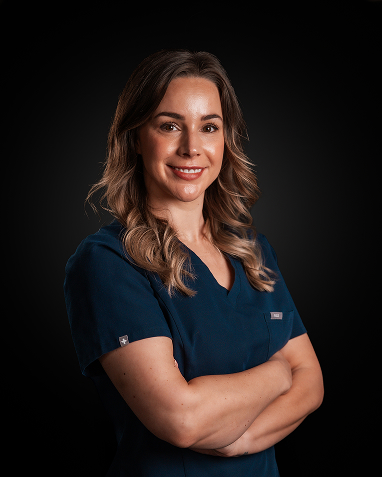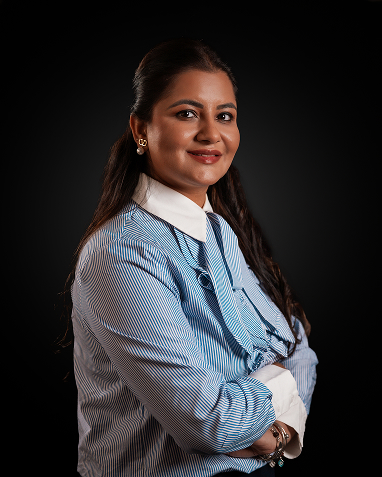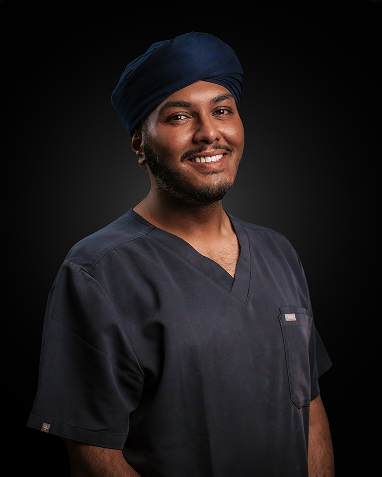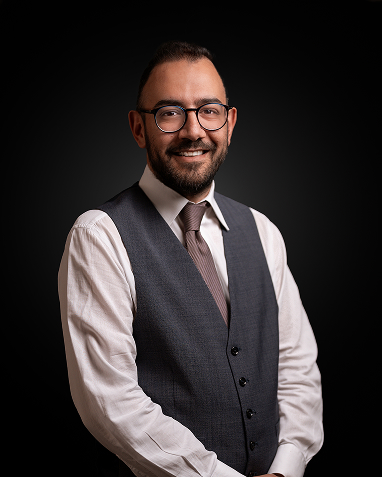Is laser hair removal permanent? The simple answer is “not completely,” but it comes very close. Laser hair removal offers long-term reduction rather than complete, lifelong removal. It works by targeting hair follicles to slow down regrowth, leaving your skin smooth for months or even years.
With the correct number of sessions and proper aftercare, results can last impressively long, much more than shaving or waxing ever could.
Let’s explore all about the results of laser hair reduction in this blog.
Laser Hair Removal
Laser hair removal is an effective treatment for reducing unwanted hair and achieving smoother skin. It safely targets hair follicles using light energy, slowing future growth. With regular sessions, you can enjoy long-lasting, low-maintenance results.
Is Laser Hair Removal Permanent?
No, laser hair removal is not fully permanent. It can reduce hair growth for an extended perioda long period of time, but some hair may grow back later. When hair does return, it is usually finer, lighter, and less noticeable.
Why is Laser Hair Removal Not Permanent?
Here’s why laser hair removal doesn’t last forever:
Only hairs in the anagen (active growth) phase are treated effectively via the laser. Hairs in resting or transition phases may survive, so multiple sessions are needed.
Some hair follicles are dormant, i.e., they are “sleeping” and can become active later, causing new hair to grow.
Things like pregnancy, menopause, or conditions such as PCOS can trigger new hair growth even after treatment.
Even though it’s not permanent, laser hair removal is still one of the best long-term methods for managing hair growth. With the right number of sessions and occasional maintenance, most people enjoy smooth, low-maintenance skin for months or years.
Laser and Hair Removal: How Does It Work?
Laser hair removal works by targeting the follicles, i.e., the root of the hair, called the hair follicle. The laser’s light is absorbed by the melanin (pigment) in the hair, which damages the follicle and slows down hair growth.
Not all hairs are treated at once because hair grows in different cycles:

Ready to achieve your aesthetic goals?
- CQC-Registered Clinic with Nationally Recognised Leadership
- Over a Decade of Surgical & Aesthetic Expertise
- Personalised treatment plans tailored to your needs
- Anagen (growth phase): The hair is actively growing and is connected to the follicle. The laser works best in this phase.
- Catagen (transition phase): Hair stops growing and detaches from the follicle, making it harder for the laser to reach.
- Telogen (resting phase): Hair is inactive, so the laser can’t affect it.
- Because hairs are in different phases at different times, multiple sessions are needed to catch as many hairs as possible.
After each session, the hairs that regrow are usually thinner, lighter, and softer. Over time, this leads to less noticeable hair and slower regrowth.
How Long Does Laser Hair Removal Last?
The results of laser hair removal may last for several months to a few years, depending on your skin type, hair colour, and the area treated. Most people enjoy smooth, hair-free skin for 6 to 24 months after completing their full course of treatments.
However, some regrowth is normal over time. The hairs that come back are usually softer, lighter, and fewer in number. To keep the results for longer, many people have touch-up sessions every 6 to 8 months.
So, while laser hair removal doesn’t make you hair-free forever, it does give you long-term smoothness that no razor or wax can match.
For more information, read the complete blog on how long does laser hair removal last.
Factors That Affect How Long Laser Hair Removal Results Last
The laser hair removal results’ longevity can vary from person to person. Here are a few key factors that make a difference:
Laser hair removal works best on people with light skin and dark hair because the laser easily targets the darker pigment in the hair. Individuals with lighter hair may require more sessions to achieve noticeable results.
Hormonal ups and downs during pregnancy, menopause, or conditions like PCOS may cause new hair growth even after treatment. These hairs usually appear finer but may need extra maintenance sessions.
Some areas, like the legs and underarms, respond better to treatment and stay smooth for longer. Areas such as the face or neck may see quicker regrowth because of active hair follicles and hormones.
A single session isn’t enough to stop hair growth. Most people need 6 to 8 sessions spaced a few weeks apart to target all hairs during their active growth phase.
Following your specialist’s advice, avoiding sun exposure, and coming in for touch-ups every few months can help maintain results for years.
How Many Sessions Are Needed?
Laser hair removal isn’t a one-time treatment. Most people need 6 to 8 sessions to see the best results. Each session helps destroy more hair follicles, making the hair thinner and lighter each time.
It’s important to complete the full course your specialist recommends. Stopping too early may leave some follicles untreated, leading to quicker regrowth. Once your main sessions are done, occasional touch-ups can help you keep your skin smooth for longer.
Everyone’s hair grows differently, so the number of sessions can vary depending on your skin tone, hair colour, and the area being treated. For example, laser hair removal on the face may require fewer sessions.
Laser Hair Removal vs Other Methods
Compared to other hair removal options, laser treatment offers longer-lasting results and far less hassle.
Shaving your hair gives quick results, but hair grows back in just 1 to 3 days, often with stubble or ingrown hairs.
Waxing the hair keeps you smooth for 2 to 4 weeks, but it’s painful and you must let the hair regrow before your next session.

Ready to achieve your aesthetic goals?
- CQC-Registered Clinic with Nationally Recognised Leadership
- Over a Decade of Surgical & Aesthetic Expertise
- Personalised treatment plans tailored to your needs
Electrolysis is the only FDA-approved permanent method that destroys each follicle individually. It works on all hair types, but it’s best suited for smaller areas, such as the upper lip.
Laser hair removal is faster and more practical for larger areas such as the legs, back, or underarms. It treats many hairs at once, giving smooth results with minimal discomfort and downtime.
Easy Tips to Maximise Laser Hair Reduction Results
To get the best and longest-lasting results from laser hair removal sessions, a little care goes a long way.
Here’s what you can do to get the best results from laser sessions:
- Complete all your sessions: Don’t discontinue your sessions halfway through; each session builds on the last for smoother, lasting results.
- Avoid sun exposure: Keep treated areas out of the sun before and after your sessions to prevent irritation or pigmentation.
- Follow aftercare advice: Moisturise your skin gently, avoid saunas or hot baths for a few days, and skip harsh skincare products.
- Stick to maintenance sessions: Touch-ups every few months help keep regrowth to a minimum.
- Choose the right expert: Always go to a trained and certified practitioner who understands your skin and hair type.
A little consistency and care can make your laser results last beautifully.
Who Should Consider Laser Hair Removal?
Laser hair removal is suitable for:
- People who want a long-term hair reduction rather than permanent removal.
- Those with dark hair and light skin (though newer lasers suit more skin tones).
- Anyone tired of shaving, waxing, or threading regularly.
- People who can commit to multiple sessions and occasional maintenance treatments.
- Those without active skin infections, rashes, or recent tanning.
- Individuals seeking smoother skin with minimal regrowth.
- Patients with realistic expectations about gradual results.
Bottom line on Laser and Hair Removal
Laser hair removal may not give permanent results, but it offers one of the longest-lasting solutions for smooth, low-maintenance skin. When you get laser hair removal sessions, take proper care, and choose the right expert, you can enjoy soft, hair-free results that last for years.
If you’re considering laser hair removal treatment or want to ensure safe, lasting results, book your consultation with the experienced team at Yorkshire Skin Centre. Our advanced technology, combined with trusted expertise, ensures you achieve the best results.
FAQs
1. What are the negatives of laser hair removal?
Laser hair removal can cause mild redness, swelling, or slight discomfort after treatment. Some people may notice changes in their skin tone or small bumps, especially if the skin is sensitive; all such changes are temporary. It also requires several sessions, so results take time and commitment.
2. Is laser hair removal 100% safe?
Laser hair removal is generally very safe when done by a trained professional. However, like any treatment, it carries small risks such as skin irritation, mild burns, or pigment changes, especially when applied to tanned or untreated skin. Always go to a certified expert for the best and safest results.
3. Does hair grow back if you stop laser hair removal?
Yes, some hair can grow back over time if you stop your laser sessions. The regrown hair is usually finer, softer, and lighter than before. Regular maintenance sessions help keep your skin smooth for longer.
4. What are three disadvantages of laser?
Laser treatments can be costly compared to shaving or waxing. They also take multiple sessions to see full results. Lastly, it may not work as effectively on very light, grey, or red hair because the laser targets pigment in the hair.



